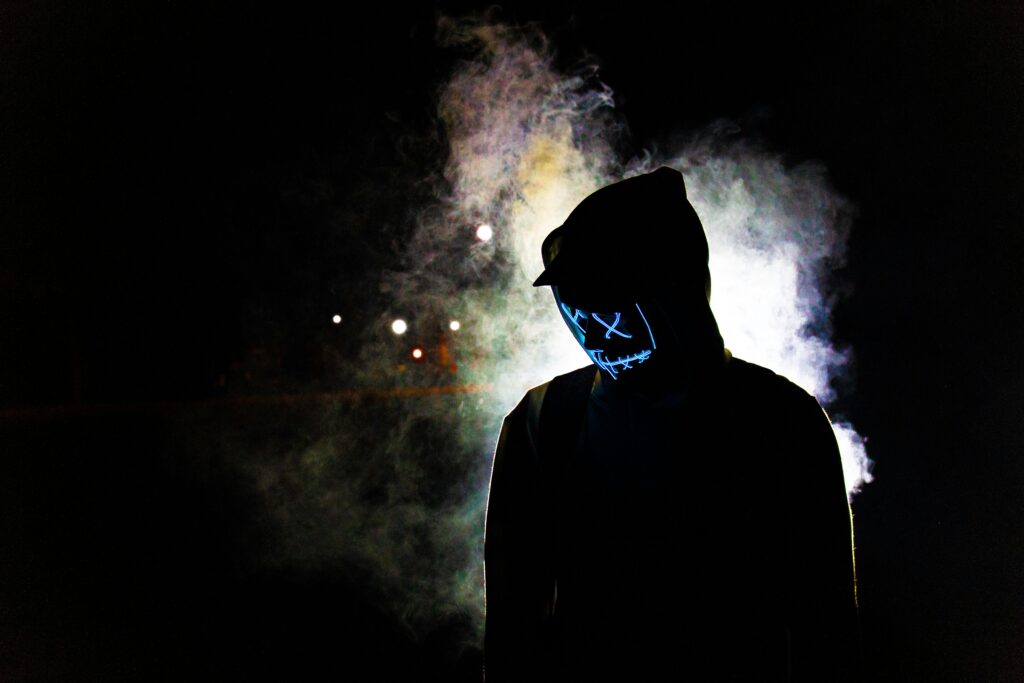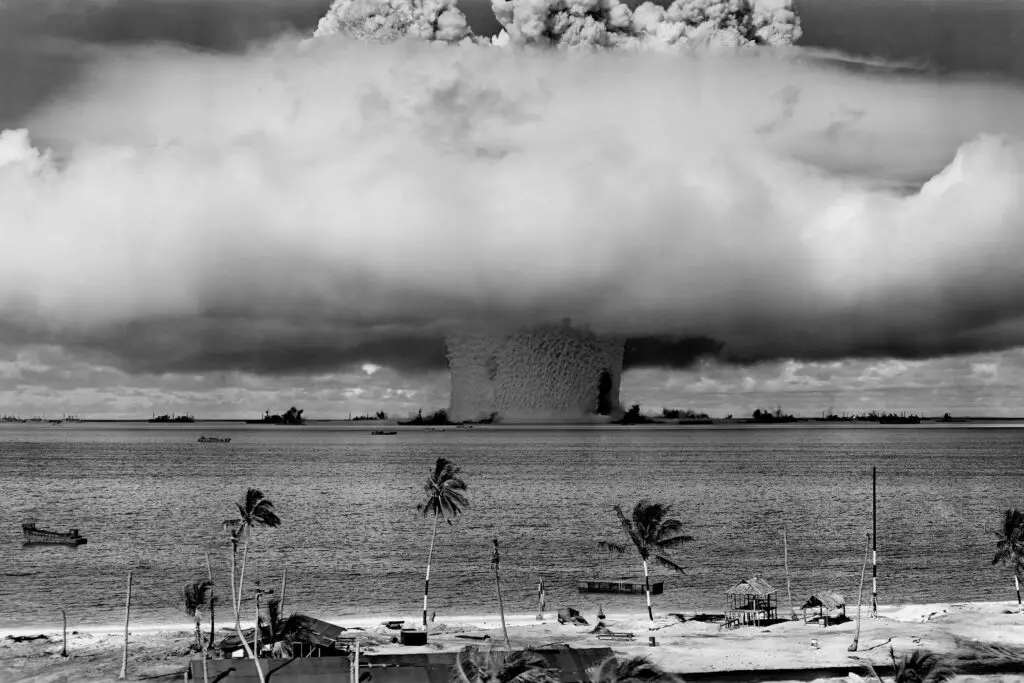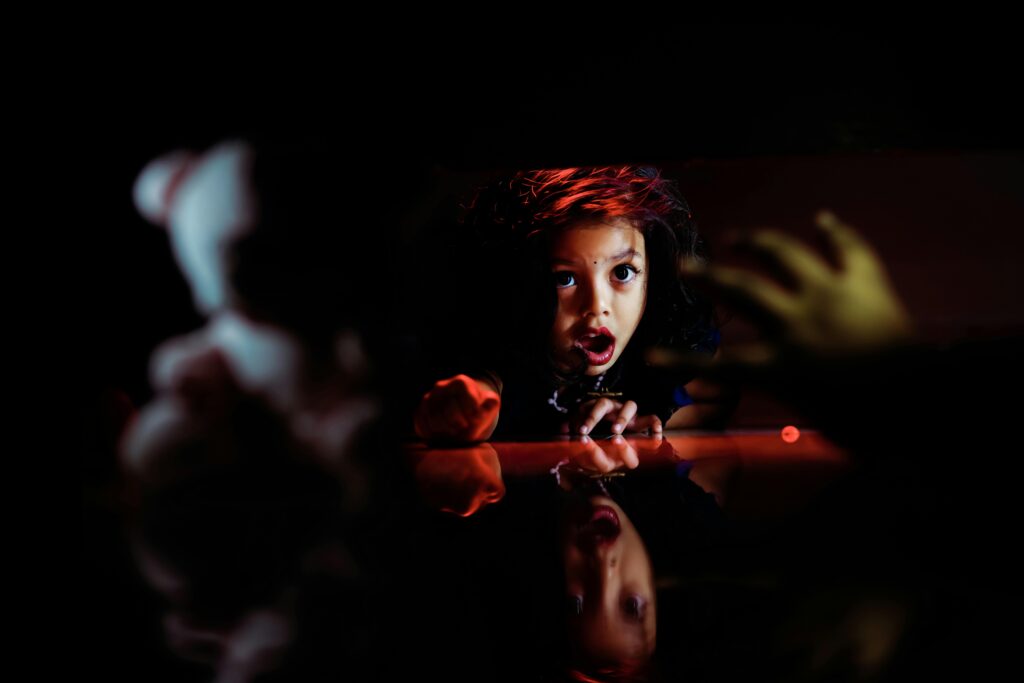1. The Creepy “Stranger Danger” Message

One of the most widespread childhood fears promoted by TV PSAs in the ’70s and ’80s was the fear of strangers. The infamous “stranger danger” campaigns were often filled with disturbing images of unknown individuals lurking near playgrounds or offering candy to children. The PSAs warned kids that anyone they didn’t know could potentially be dangerous, creating an atmosphere of fear around every unfamiliar face. While the intention was to educate, these PSAs left many kids paranoid about simply interacting with adults who weren’t their parents.
The message was well-meaning but overshot in terms of impact. As children absorbed these warnings, the paranoia about strangers took hold, sometimes to the point where kids would hesitate to ask for help when they really needed it. Even well-intentioned adults were often met with suspicion, making everyday social interactions feel unnerving. This type of fear has faded somewhat, but the imprint of those “stranger danger” messages still lingers in some of our cautionary behaviors today.
2. The Dangers of Smoking

In the 1980s, TV PSAs about the dangers of smoking took a particularly alarming approach, using graphic visuals that featured the immediate health consequences of cigarette use. One infamous PSA showed a man’s lungs deteriorating with each puff, accompanied by ominous music and unsettling imagery. For children, this created a terrifying idea that merely being around smokers could somehow lead to catastrophic health issues. These PSAs weren’t subtle, and they led many to fear cigarettes and the people who smoked them.
While the ads were successful in raising awareness about the dangers of smoking, they inadvertently created a deep-seated fear about the very presence of tobacco, even in social situations where it wasn’t a major threat. For years, some children who grew up watching those ads were convinced that being in close proximity to a smoker could lead to instant harm, adding anxiety to what was otherwise a normal part of life.
3. The Silent, Deadly Dangers of Lead Paint

TV PSAs in the late ’70s and early ’80s often featured chilling warnings about the dangers of lead paint, which was still common in homes at the time. The PSAs would show children playing in a room full of peeling paint, emphasizing how the exposure could lead to severe mental and physical health problems. For a generation of kids, the idea that their homes were full of toxic substances created a new type of childhood fear: the fear that their environment was silently poisoning them.
This fear was so pervasive that kids would often avoid touching walls or try to stay away from certain areas of their homes, convinced they were at risk of being harmed. While the awareness was crucial in eventually eradicating lead from homes, it left a lasting impression on kids who grew up with the constant anxiety of hidden dangers lurking in their own homes, where they were supposed to be safe.
4. The Fear of Nuclear War

As the Cold War raged on, many public service announcements in the ’80s focused on the terrifying prospect of nuclear war. The PSAs often used stark visuals of mushroom clouds, sirens, and the chaos that would ensue in the event of an atomic explosion. Children were told to “duck and cover,” with the implication that their lives could be wiped out in an instant if the threat of nuclear war ever became reality. This message created a generation of kids who went to school with the unsettling thought that they might never make it home due to a potential nuclear disaster.
While these PSAs were designed to teach kids what to do in the event of an emergency, they unintentionally heightened fears of something they couldn’t control. The constant threat of nuclear annihilation loomed in their minds, even when their daily lives felt otherwise normal. These ads solidified the anxiety surrounding the possibility of an invisible, catastrophic threat, and left many children obsessed with the idea of global destruction.
5. The Perils of Drinking and Driving

The TV PSAs about drinking and driving in the ’80s left a long-lasting impact on children. While aimed at adults, these ads used stark, sometimes graphic imagery to show the horrific consequences of impaired driving, including car crashes, broken families, and death. The exaggerated, horror-movie-like visuals frightened children into believing that even the mere thought of a drink and drive scenario would lead to disaster. In the minds of many kids, alcohol and cars became a dangerous and fearsome combination.
While it was vital to raise awareness about the dangers of drinking and driving, children absorbed these messages so intensely that some grew up with an almost irrational fear of cars and alcohol in combination. Even years later, some would experience anxiety when seeing someone behind the wheel after having a drink, unsure of how to handle the fear ingrained in them by those TV campaigns.
6. The Dangers of Getting Into a Car with a Stranger

Another childhood fear that TV PSAs helped foster was the fear of getting into a car with a stranger. These public service ads often showed horrific scenes where children were tricked or forced into vehicles by people they didn’t know. The sinister music, paired with the highly emotional and often traumatic scenarios, left children with the impression that getting into a stranger’s car was the ultimate danger. The message stuck with kids for years, making them overly cautious and hesitant in situations that weren’t necessarily dangerous.
The legacy of these ads still lives on, as many children were taught to avoid even the slightest risk of being in a car with someone unfamiliar. Though the ads were designed to protect, they created a level of fear that extended beyond necessary precautions. Even in seemingly safe environments, children could become hyper-vigilant, refusing rides from even the most well-intentioned individuals out of fear.
